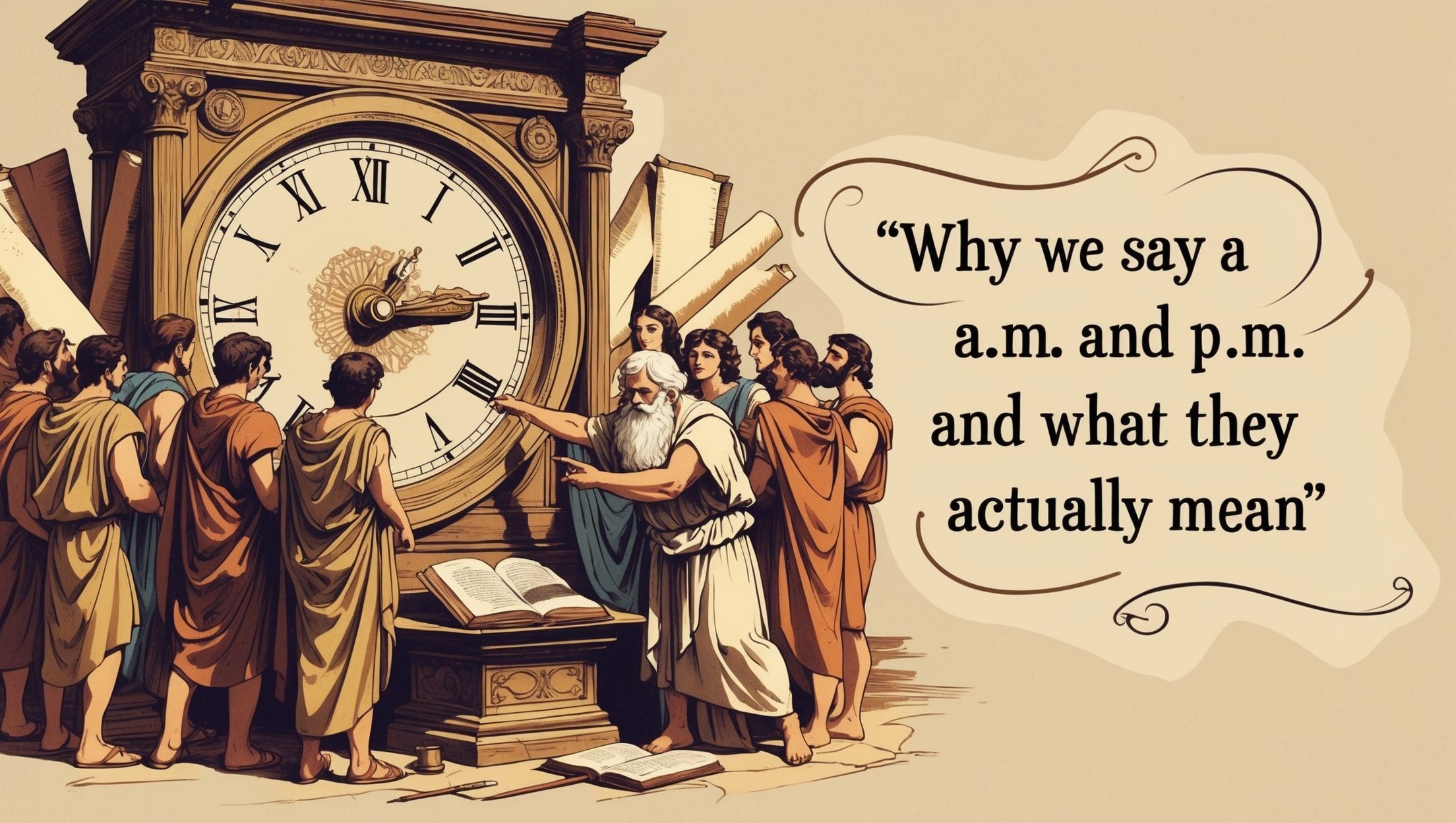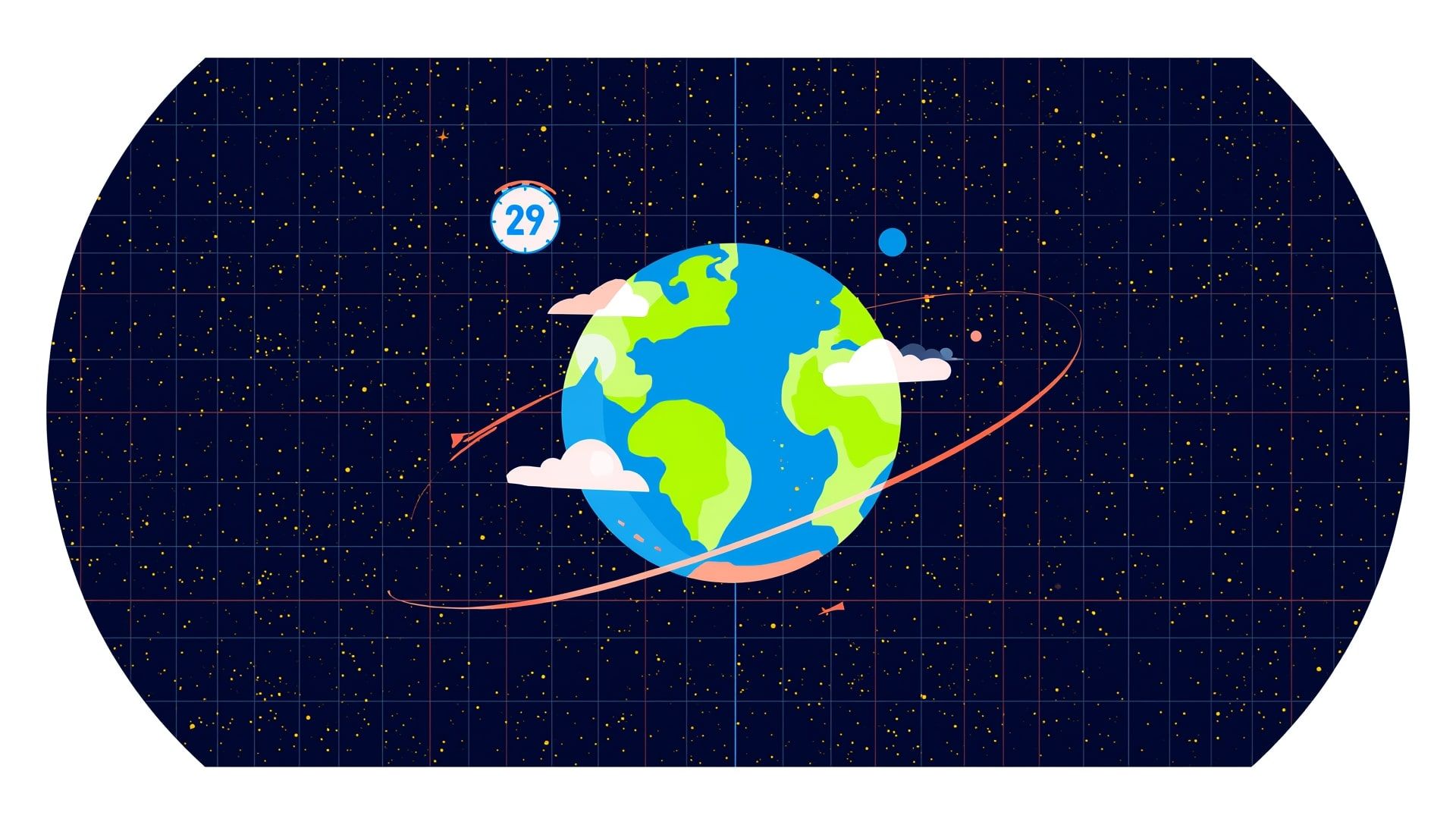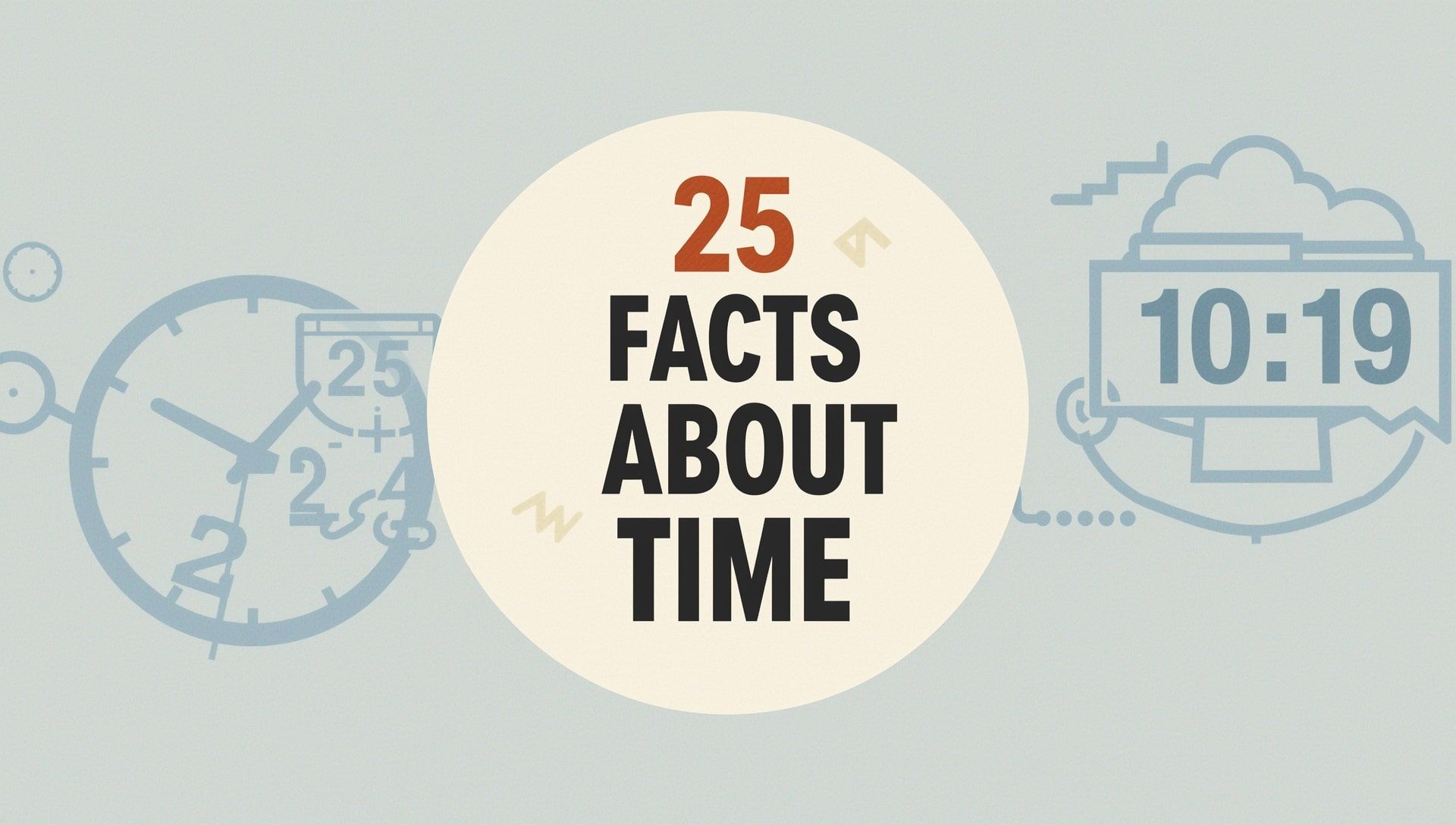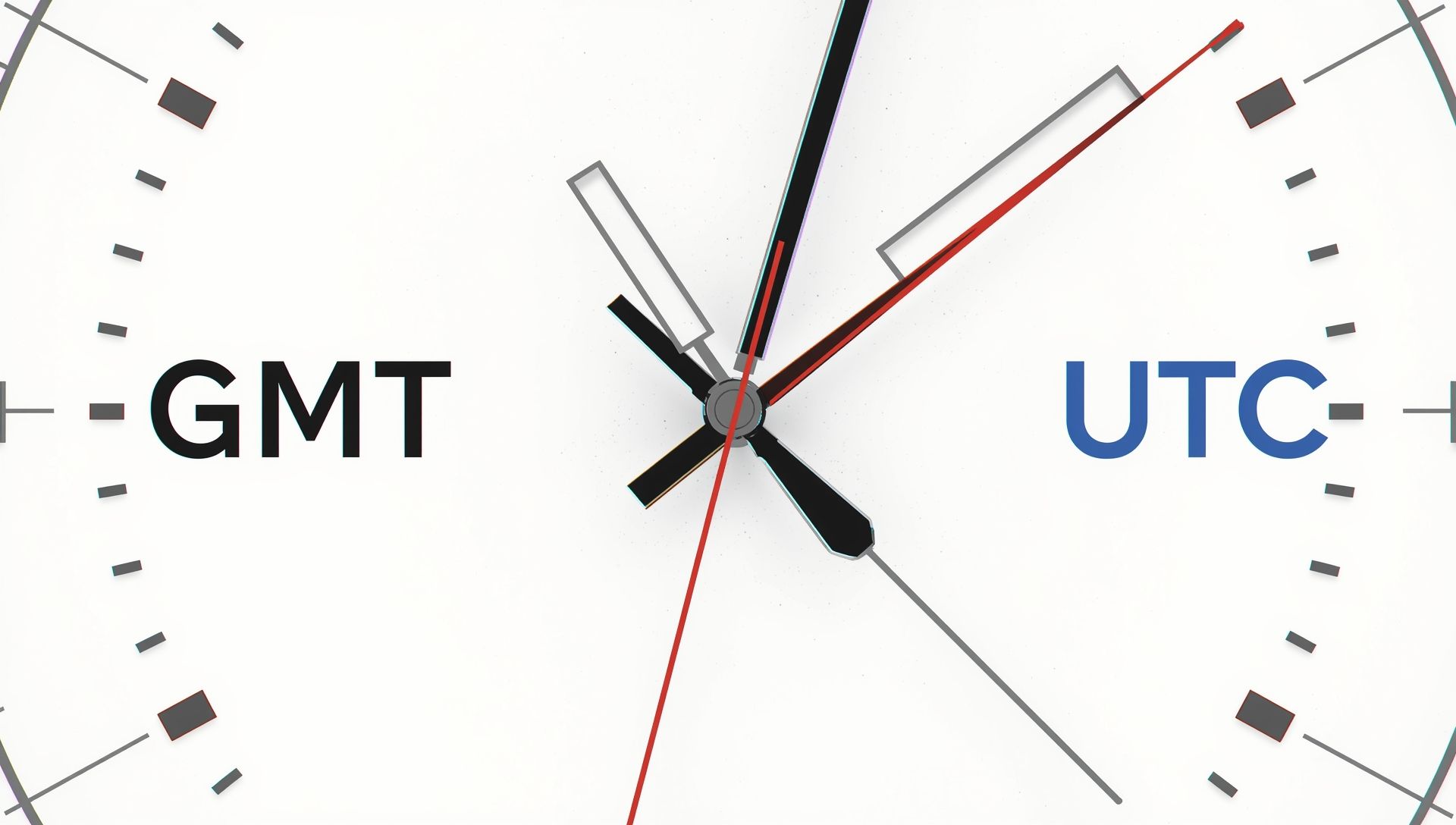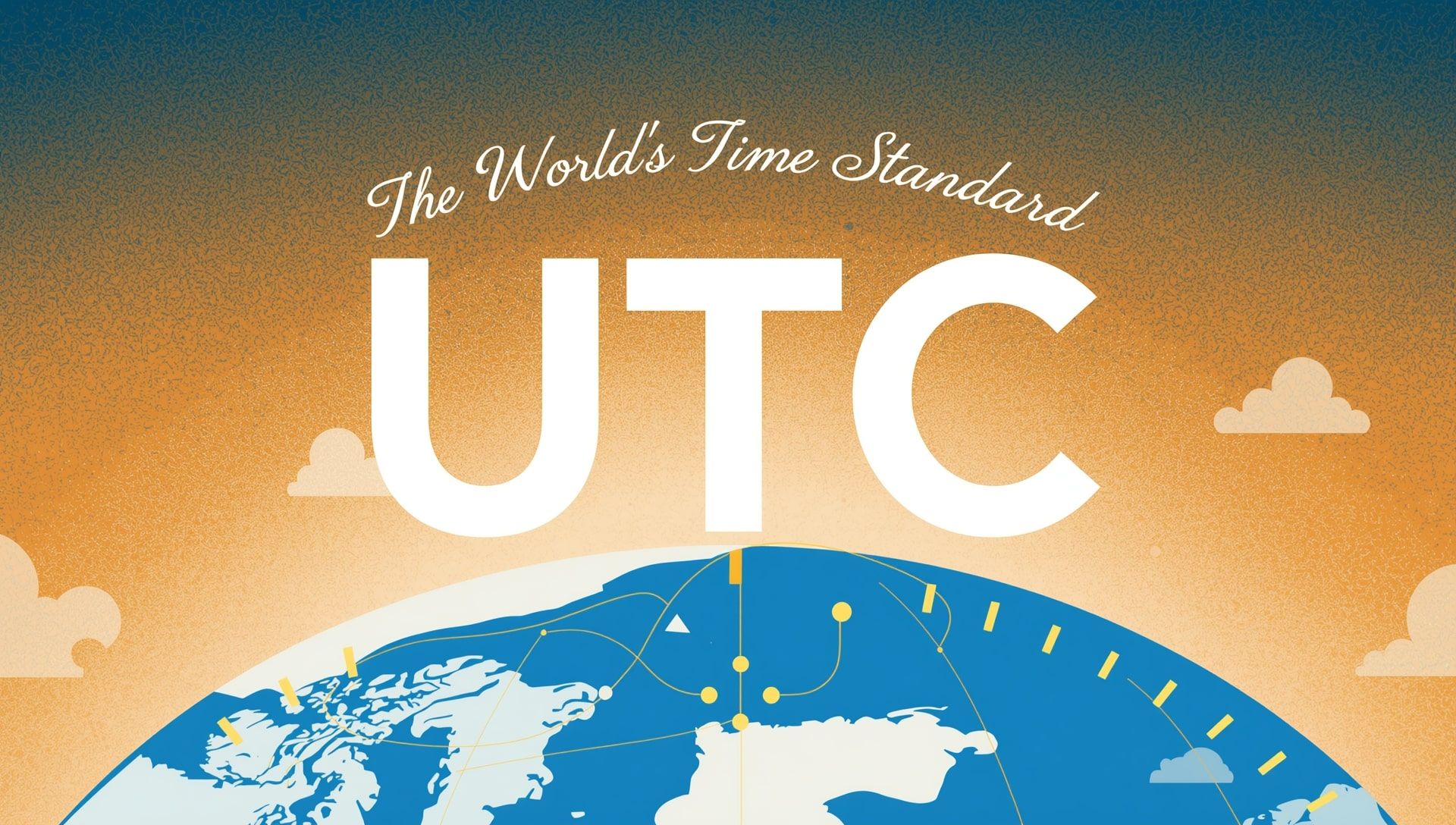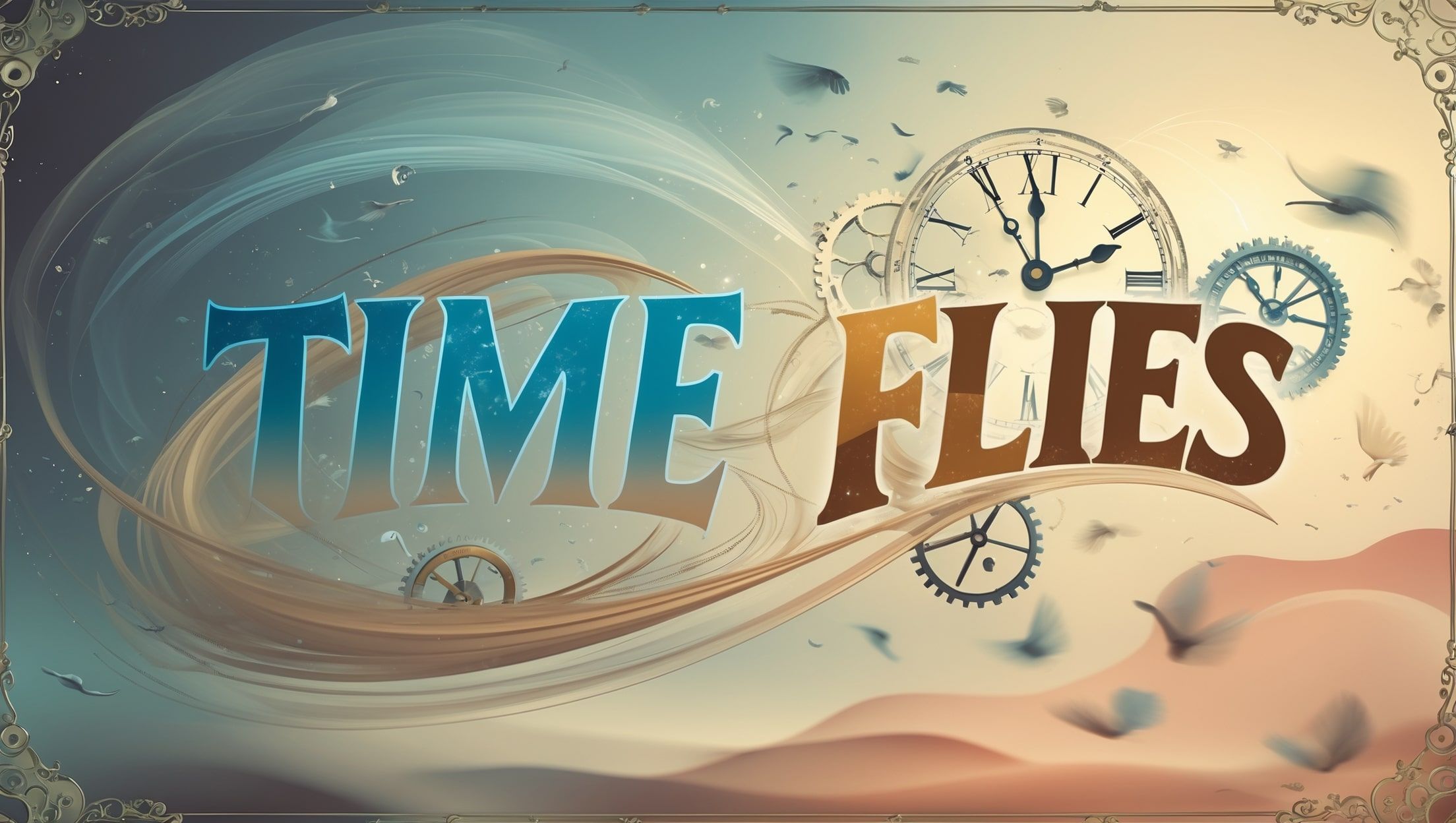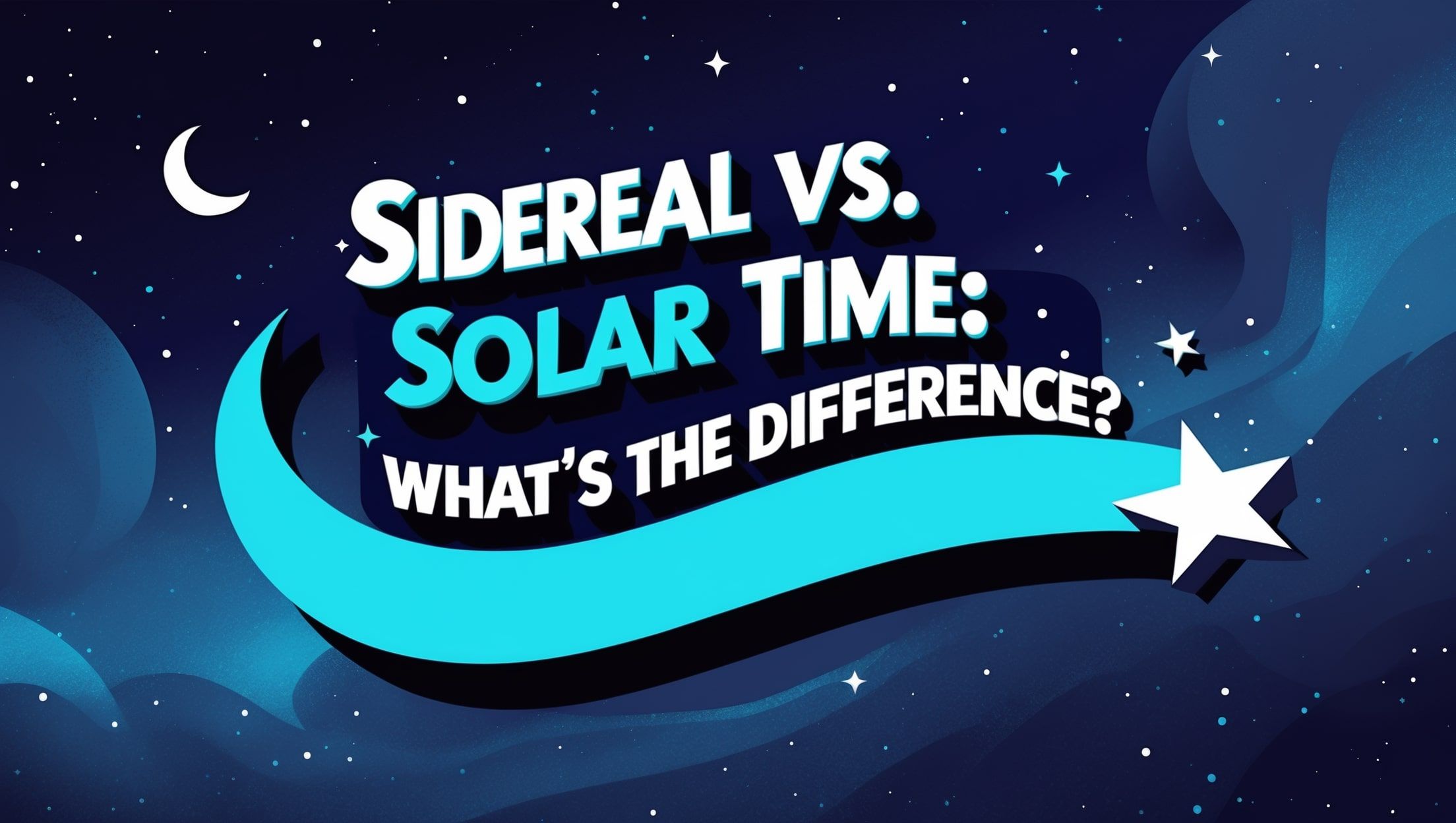You set your alarm for 7 a.m. You book a flight that leaves at 8 p.m. These labels feel automatic. But where did they come from? And what do they really mean? Turns out, the answer goes back to ancient Rome and the way they watched the sky.
What a.m. and p.m. Actually Stand For
These abbreviations come from Latin. “a.m.” is short for ante meridiem, meaning “before midday.” “p.m.” stands for post meridiem, or “after midday.” The “meridiem” part refers to noon, when the sun is at its highest point in the sky.
So 10 a.m. means 10 hours before noon. And 3 p.m. means 3 hours after. Simple in theory, though it can still confuse people around 12 o’clock. More on that in a bit.
Why We Use a 12-Hour System at All
We divide the day into two halves of 12 hours each. This comes from ancient Egyptian and Roman timekeeping practices. Both cultures used sundials and noticed the day naturally split between light and dark.
The number 12 wasn’t random. It shows up a lot in early counting systems, probably because it divides cleanly by 2, 3, 4, and 6. That made it easier to break the day into manageable parts without complex math.
Midnight and Noon Are the Odd Ones
Here’s where things get weird. Noon is labeled 12 p.m., but it’s the point that splits morning from afternoon. And midnight is 12 a.m., even though it’s really the start of a new day. That feels backwards, but the logic is based on when the sun passes or hasn’t yet passed its peak.
Think of it like this: 12 a.m. means zero hours before noon. Midnight. The day is fresh. 12 p.m. means zero hours after noon. The sun has just reached its peak.
How These Labels Spread Around the World
The Latin system caught on during the Roman Empire. Later, European mechanical clocks used the 12-hour dial, which reinforced the use of a.m. and p.m. As clocks spread globally through colonization and trade, the format followed.
Today, most countries use the 24-hour format in official settings like transportation and the military. But everyday life in places like the U.S., Canada, and the Philippines still runs on a.m. and p.m.
Why the 24-Hour Clock Isn’t Universal
The 24-hour format avoids confusion. No need to ask if a meeting is at 7 in the morning or at night. But many people find it less natural for casual use. Saying “I'll meet you at 9 p.m.” just flows more easily than “21:00.”
That’s why both systems still exist. One is precise. The other is familiar. In some cultures, both are used side by side depending on context and timezone.
Common Mistakes People Make
- Assuming 12 a.m. means noon
- Scheduling 12 p.m. thinking it’s midnight
- Mixing up early morning flight times
- Typing “a.m.” in all caps (it should be lowercase)
- Using both 24-hour and a.m./p.m. together (like “14:00 p.m.”)
These errors are easy to make. But once you know what the terms mean, it’s easier to avoid the slipups.
Why This Ancient System Still Works
a.m. and p.m. are short, simple, and familiar. They tie back to something we all understand: the sun rising and setting. And even with all our technology, we still live by the sun’s changing rhythm. Morning is when it rises. Evening is when it dips.
So the labels stuck. Not because they’re perfect. But because they work well enough and have been around long enough that most of us never think twice about them.
How Time Talks to Us Every Day
You might not speak Latin, but you say it every time you set a reminder or schedule a call. a.m. and p.m. are tiny relics of ancient science of measuring time that live in your daily routine. They remind us that even the most modern life still follows patterns that go back thousands of years. Just before noon. Just after. That’s really all we need to know.
